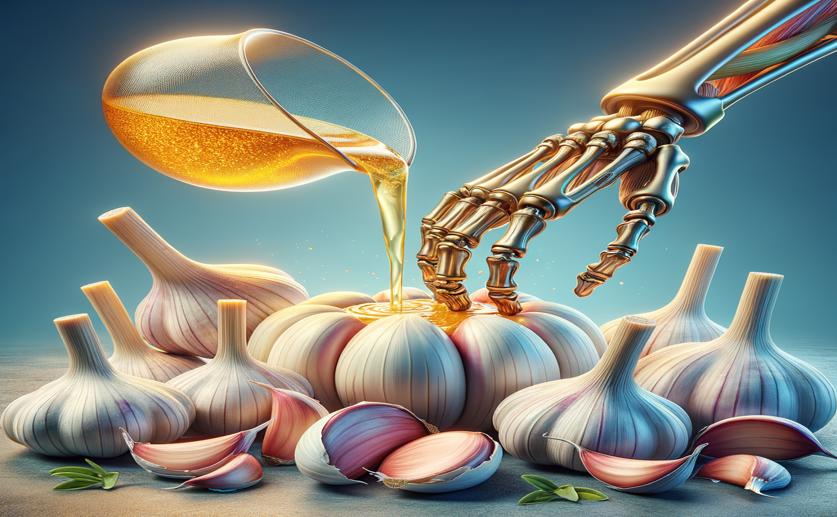
Garlic Extracts Help Ease Arthritis by Blocking a Key Cellular Pathway
Greg Howard
28th August, 2024

Image Source: Natural Science News, 2024
Key Findings
- Researchers at Chongqing University of Technology found that garlic-derived exosomes (GDEs) can reduce inflammation and cartilage degradation in osteoarthritis (OA)
- In lab tests, GDEs restored critical cartilage components and reduced enzymes that break down cartilage
- In mouse models, GDEs improved joint function and reduced pain without causing toxicity
References
Main Study
1) Garlic-derived Exosomes Alleviate Osteoarthritis Through Inhibiting the MAPK Signaling Pathway.
Published 27th August, 2024
https://doi.org/10.1007/s12010-024-05047-6
Related Studies
2) Osteoarthritis: New Insight on Its Pathophysiology.
3) The role of metabolism in the pathogenesis of osteoarthritis.
4) Therapeutic options for targeting inflammatory osteoarthritis pain.
5) Plant-derived exosome-like nanoparticles and their therapeutic activities.



 25th August, 2024 | Jenn Hoskins
25th August, 2024 | Jenn Hoskins